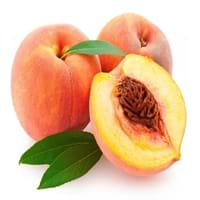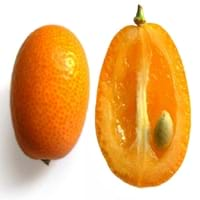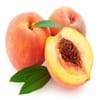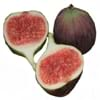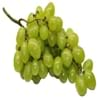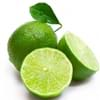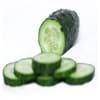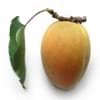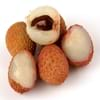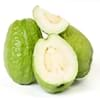Health Benefits
Cancer prevention, Heart care, Improves eye vision, Reduces stress, Regulation of heart rate
Cancer prevention, Cures gastro-intestinal troubles, Heart care, Increase in haemoglobin, Increases metabolic rate
General Benefits
Anti oxidant properties, Eye care
Anti oxidant properties, Anti-inflammatory properties, Healing of wounds, Helps in weight loss, Strengthens bones
Skin Benefits
Heals sunburn, Reduces wrinkles, Treatment of skin diseases
Anti-aging benefits, Reduces wrinkles, Treatment of dark spots
Hair Benefits
Prevents hair loss
Promotes longer and healthier hair, Protects hair, Shiny hair
Allergy Symptoms
Abdominal pains, Anaphylaxis, Breathing difficulty, Diarrhea, Dizziness, Hives, Itching, Lightheadedness, Nasal congestion, Nausea, Swelling of mouth, tongue or lips, Tingling sensation in mouth, Vomiting, Wheezing
Abdominal pains, Coughing, Diarrhea, Digestive Problems, Drop in blood pressure, Hives, Itching, Nausea, Tingling sensation in wrist and face, Vomiting, Wheezing
Side Effects
Allergic reaction
Allergic reaction
Best Time to Eat
As a snack in the late afternoon, Eat the fresh ones, avoid mixing with any other foods, don't eat after meal., Morning time (before lunch)
As a snack in the late afternoon, Don't consume at night and before bed, Eat the fresh ones, avoid mixing with any other foods, don't eat after meal., Morning time (before lunch), Strictly avoid empty stomach
Vitamin B5 (Pantothenic Acid)
Vitamin C (Ascorbic Acid)
Vitamin K (Phyllochinone)
Phytosterol
Not Available
Calories in Fresh Fruit with Peel
Calories in Fresh Fruit without Peel
Not Available
Not Available
Calories in Frozen Form
Not Available
Calories in Dried Form
Not Available
Calories in Canned Form
Not Available
Season
Autumn, Summer
Autumn, Winter
Varieties
Reliance, Sweet Scarlet, Spring Snow, Sugar May, Santa Rosa, Red Beauty, Glowhaven, Cresthaven and Redhaven Peaches
Hong Kong, Marumi, Meiwa, Centenniel and Nagami
Color
Pink, Red, White, Yellow, Yellowish-orange
Orange, Red, Yellow
Inside Color
Yellow
Orange
Soil Type
Sandy loam, Well-drained
Clay, Sandy loam, Well-drained
Climatic Conditions
Cold, Warm
Cold, Warm
Facts about
- In china, peaches are considered as a symbol of good luck.
- From 1982, august is National peach month in USA.
- In roman times, Peaches were also called as Persian apples, as people assumed that they originated from Persia.
- The entire kumquat fruit is edible, except few seeds.
- The taste of kumquat skin is sweet while inner flesh is tart.
- There are some hybrid varieties of kumquats such as mandarinquats, orangequats and limequats.
Other Countries
Greece, Italy, Spain, United States of America
Brazil, Mexico, Spain, United States of America
Top Importer
Germany
United Kingdom
Botanical Name
Prunus persica
Citrus japonica
Synonym
Not Available
Fortunella margarita
Subkingdom
Tracheobionta
Tracheobionta
Division
Magnoliophyta
Magnoliophyta
Class
Magnoliopsida
Magnoliopsida
Species
P. persica
C. japonica
Generic Group
Rose
Citrus fruit
Difference Between Peach and Kumquat
We might think that Peach and Kumquat are similar with respect to nutritional value and health benefits. But the nutrient content of both fruits is different. Peach and Kumquat Facts such as their taste, shape, color, and size are also distinct. The difference between Peach and Kumquat is explained here.
The amount of calories in 100 gm of fresh Peach and Kumquat with peel is 39.00 kcal and 71.00 kcal and the amount of calories without peel is Not Available and Not Available respectively. Thus, Peach and Kumquat belong to Low Calorie Fruits and Low Calorie Fruits category.These fruits might or might not differ with respect to their scientific classification. The order of Peach and Kumquat is Rosales and Sapindales respectively. Peach belongs to Rosaceae family and Kumquat belongs to Rutaceae family. Peach belongs to Prunus genus of P. persica species and Kumquat belongs to Citrus genus of C. japonica species. Beings plants, both fruits belong to Plantae Kingdom.
